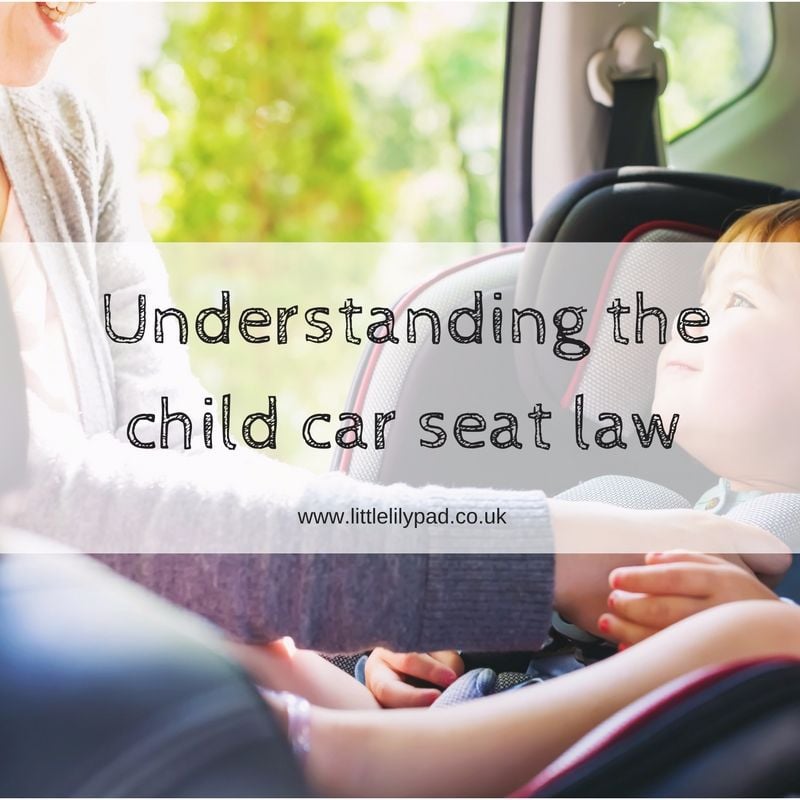Understanding the child car seat law
Posted on
I remember as a child that my brother and I used to laugh so much as we slid across the back seats of my dads car when he went round a corner or island but you wouldn't dream of putting your child in the car now without using a car seat.

Nowadays there are various laws that you need to consider ahead of buying a child car seat, and folk like baby nursery specialists Babythingz on-hand to detail everything you should know:
General child car seat laws
Car seats are required for children until they are either 12 years old or 135cm tall, depending on which comes first. (My eldest daughter has been willing herself to grow taller every year!!)
Furthermore, EU-approved child car seats are the only type of equipment that can be used across the UK — you can identify if a seat conforms to this requirement by looking for a label which shows a capital ‘E’ in a circle.
Laws regarding height-based and weight-based child car seats
Also known as ‘i-Size’ seats, height-based child car seats must always be set up so that they are rear-facing until a child is over 15 months old. Forward-facing seats are suitable once this age has been reached.
When it comes to weight-based child car seats, bear in mind the following types to find the equipment that’s most suitable to you and your family:
- If a child weighs up to 9kg, you must use a rear-facing baby carrier, a lateral or lie-flat baby carrier or a rear-facing baby seat that comes complete with a harness.
- If a child weighs up to 13kg, you must use a rear-facing baby carrier or a rear-facing baby seat that comes complete with a harness.
- If a child weighs between 9kg and 18kg, you must use a forward- or rear-facing baby seat that comes complete with a harness or safety shield.
- If a child weighs between 15kg and 36kg, you must use a forward- or rear-facing baby seat that comes complete with a harness, safety shield or also has a seat belt applied. There is an alternative solution in this scenario though — a high-backed booster seat or a booster cushion.
Laws on how to fit a child car seat
As well as laws about choosing the correct type of child car seat for your requirements, there are also some legal obligations to be aware of, with regards to actually fitting the equipment.
For example, a child car seat must only be fitted where a vehicle’s seat belt has been designed with a diagonal strap. There are two exceptions here:
- This requirement doesn’t apply when a car seat has a specific design that enables it to be used with a lap seat belt.
- This requirement doesn’t apply when a car seat comes fitted with the use of ISOFIX anchor points.
Front airbags must also be deactivated if you are looking to fit a rear-facing baby seat into your vehicle’s front passenger seat.
One last point is that a child car seat must in no circumstances be fitted onto a side-facing seat.
With laws changing all the time, it is good to keep up to date with the very best ways to keep our children safe ..... the same couldn't be said for my brother and I rolling around in the back of my parents car circa 1983.






Add a comment: